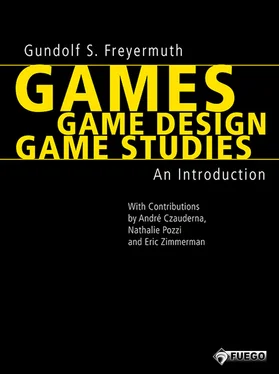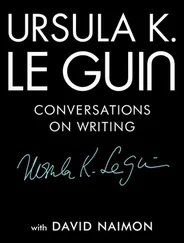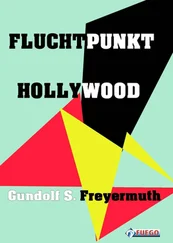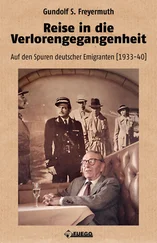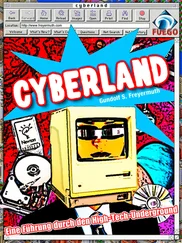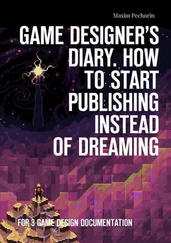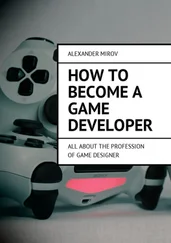I Games
Introduction
Game Studies cannot seem to find an adequate definition for its central object of analysis. Of course Game Studies shares this problem with more than a few academic disciplines and fields of study. Both these facts have been observed before, as seen in Understanding Games , one of the few existing introductions to Game Studies: Just as sociology cannot quite arrive at a term for society and media studies fail to fully define what a medium is, so Game Studies have been incapable of coming to a consensus on what a game is. 1There has been no shortage of attempts to arrive at such a definition. On the contrary, this number continues to grow, its proliferation driven mainly by three forces: practical and theoretical media interests, as well as academic policy debates.
Game designer and game design theoretician Jesse Schell, for example, has expressed the ambivalent position taken by media practitioners in face of the unavoidable theoretical challenge of formulating an exact description of “game.” On the one hand, those who most vocally complain about the lack of “standardized definitions” are “mostly academics” and “farthest removed from the actual design and development of games.” 2On the other hand, the work of many practitioners would suffer from a lack of insight into their own actions and requirements: “[G]ame designers follow their gut instincts and feelings about what makes a good or a bad game, and sometimes have difficulty articulating what exactly it is about a certain design that is good or bad.” 3Only the attempt to clearly define what games are would force practitioners “to think about them clearly, concisely, and analytically.” 4
This game design-oriented perspective is similar to those approaches in Game Studies that attempt to systematically conceive of and describe “both the necessary and sufficient features of games and play,” as Frans Mäyrä remarks: “Such careful formulations are particularly instrumental to any formalist study of games.” 5These theoretical efforts are also not always free from practical and, in this case, academic and cultural policy interests. For, depending on how the definitions are approached—as games are described as aesthetic artifacts or social phenomena—, they connect themselves either with different existing disciplines or cultural practices:
“Defining anything is a highly political project. Define games as narrative and the research grants are likely to end up with departments devoted to film or literature studies. Define games as a subcultural teenage phenomenon and studies of games are less likely to be funded by ministries of culture, to reach the pages of the ‘serious’ press, or to be available in public or research libraries.” 6
Overview
The first part of this introduction provides a theoretically grounded history of digital games and at the same time a historically-oriented theory that tries to determine their relation on one hand to analog games and on the other hand to the linear audiovisions of film and television. In the first chapter, an overview of preceding attempts to define games systematically leads to the insight that such a definition can be achieved only within the concrete historical context of digital games (1 What is a Game? Systematic and Historic Approaches) . The second chapter demonstrates, in a short media history of games and playing, the different medial characteristics and qualities of analog and digital games (2 Games in the Modern Era. A Short Media History) . Chapters 3 to 5 trace the history of digital games from the middle of the last century until the present. These chapters also outline three fundamental and accumulative steps of development that can be identified as having created the medium of digital games as we know it today (3 Procedural Turn, 4 Hyperepic Turn, 5 Hyperrealistic Turn) . Chapter 6 comprises these historical findings through a theoretical assertion of the unique otherness of digital games ( 6 The Double Alterity of Digital Games ) and chapter 7 focuses on possible trends that seem to characterize the near-term development of digital games (7 A Look Ahead: Hyperimmersive Turn?) .
1See Egenfeldt-Nielsen et al.: Understanding Video Games , loc. 281.
2Schell, Jesse: The Art of Game Design: A Book of Lenses , Amsterdam und Boston: Elsevier/Morgan Kaufmann (Kindle edition) 2008, loc. 849.
3Ibid., loc. 866.
4Ibid., loc. 879. See Egenfeldt-Nielsen et al.: Understanding Video Games , loc. 1103.
5Mäyrä, Frans: An Introduction to Game Studies , loc. 543.
6Egenfeldt-Nielsen et al.: Understanding Video Games , loc. 738.
1 What is a Game? Systematic and Historical Approaches
Parallel to the cultural advancement of digital games, an almost infinite variety of competing and contradictory suggestions have emerged regarding how games—as the object of game design as well as Game Studies—should be defined.
ATTEMPTS AT SYSTEMATIC DEFINITIONS
Three notable examples from the area of game design are:
“A game is a form of art in which participants, termed players, make decisions in order to manage resources through game tokens in the pursuit of a goal.” (Greg Costikyan) 1
“A game is: a closed, formal system, that: Engages players in structured conflict and: Resolves its uncertainty in an unequal outcome.” (Tracy Fullerton) 2
“All games share four defining traits: a goal, rules, a feedback system, and voluntary participation [...] Everything else is an effort to reinforce and enhance these four core elements.” (Jane McGonigal) 3
The accumulation of definitions over the past decade has inevitably led to attempts at synthesis, and thereby to meta-definitions as well. Katie Salen and Eric Zimmerman, for example, analyze a row of existing attempts at defining “play” and “game” in their standard reference work Rules of Play , including those by Johan Huizinga 4, Roger Caillois 5, and Brian Sutton-Smith 6. Thereby they isolate common elements, specifically the rule-governed, goal-oriented nature of games, as well as their voluntariness and artistic character, in order to distill their own definition. For one: “Play is free movement within a more rigid structure.” 7And for another: “A game is a system in which players engage in an artificial conflict, defined by rules, that results in a quantifiable outcome.” 8
Comparatively, Jesper Juul approached the problem two years later in Half-Real by distilling his “classic game model” from seven definitions:
“A game is a rule-based system with a variable and quantifiable outcome, where different outcomes are assigned different values, the player exerts effort in order to influence the outcome, the player feels emotionally attached to the outcome, and the consequences of the activity are negotiable.” 9
This model, as Juul holds, laid the medial groundwork for “at least a 5,000-year history of games”: “It corresponds to the celluloid of movies; it is like the canvas of painting or the words of the novel.” 10Only in the last third of the 20th century would it have been called into question by the new genre of analog role-playing games and their institution of a game master, as well as by aspects of digital games. 11
Similarly, Jesse Schell examines diverse definitions in The Art of Game Design and abstracts ten qualities that are assigned to games:
“Q1. Games are entered willfully.
Q2. Games have goals.
Q3. Games have conflict.
Q4. Games have rules.
Q5. Games can be won and lost.
Q6. Games are interactive.
Q7. Games have challenge.
Q8. Games can create their own internal value.
Q9. Games engage players.
Читать дальше
